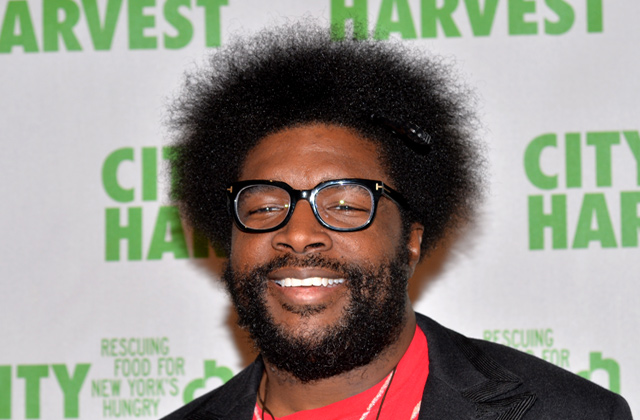In his third installment of essays over at New York Magazine, Questlove breaks down the slow and steady disappearance of black cool:
These days, the vast majority of hip-hop artists follow a script because they’re trying to succeed in a game whose rules are clear. To paraphrase Barthes: American hip-hop is usually based on imitation, and it is meant to produce artists who are users of the existing tradition, not creators. And because of that, black culture in general — which has defaulted into hip-hop — is no longer perceived as an interesting vanguard, as a source of potential disruption or a challenge to the dominant. It might be worth watching if nothing else is on, but you don’t need to keep an eye on it. And that leads to a more distressing question, not rhetorical this time: Once you don’t have a cool factor any longer — when cool gets decoupled from African-American culture — what happens to the way that black people are seen?
Are they seen? That’s also not rhetorical. The majority of any population listens to rules. Most people do what society tells them to, to a predictable degree. Those people don’t need to be monitored, because they aren’t any threat at all. There’s a second, smaller group that shows itself over time to be ungovernable. Most of those people are warehoused, locked away in prisons or otherwise contained. Neither of those two groups needs to be seen — not really, not in the sense of being significantly visible to the culture at large. But what about those rare people who remain ungovernable and free? What about the people who draw society’s surveilling gaze and gaze back levelly? Those people are cool. Pick your icon: Hendrix or Ali or Pryor. Think about how they handled being handled. And in black America, traditionally, the rest of us need those people. They produce a wide and welcome positive halo effect. They teach by example that a certain edginess and individuality can persist without being stamped out.
